Metals Suitable for Die Casting
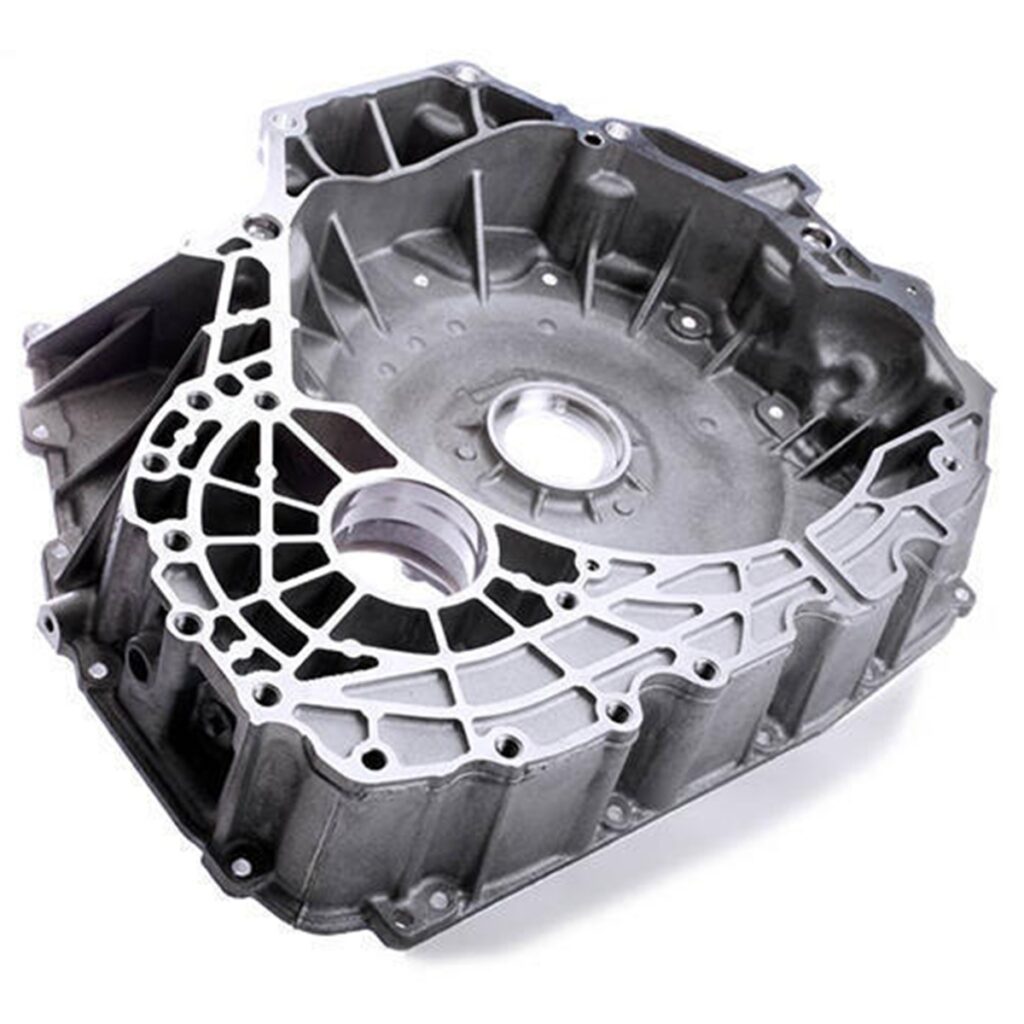
Die casting is a high-pressure metal casting process characterized by forcing molten metal into a reusable steel mold (die) cavity. It is renowned for producing high-volume, dimensionally precise, and complex metal parts with excellent surface finish. The suitability of a metal for die casting hinges on several key properties: low melting point, good fluidity, minimal shrinkage, […]
Main Types of CNC Machines
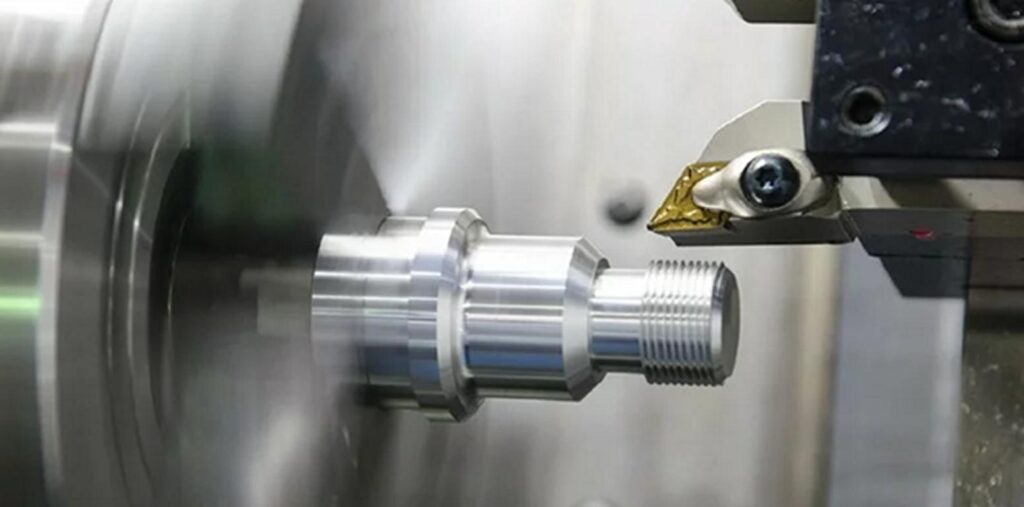
There are several main types of CNC (Computer Numerical Control) machines designed for specific machining processes. CNC milling machines use rotating cutting tools to cut material, while CNC lathes shape cylindrical components. While CNC routers are best suited to softer materials such as wood and plastic, the plasmas of CNC plasma cutters feature a cutting […]
Main Advantages of Forged Steel Parts
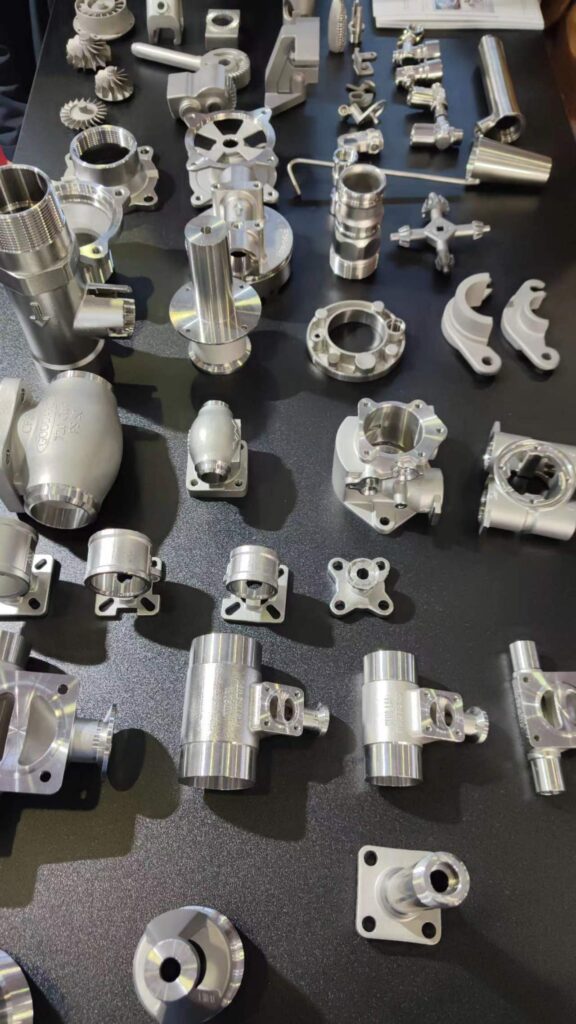
Longer Service Life: Forged parts are durable, and they can stay stable even under harsh working conditions. Improved Safety: There is minimal risk of failure because forged metal has high strength. Cost-Effectiveness Over Time: Though initial forging costs may be higher, it is economical in the long run due to reduced replacements and […]
Common Metal Materials Suitable for Laser Cutting
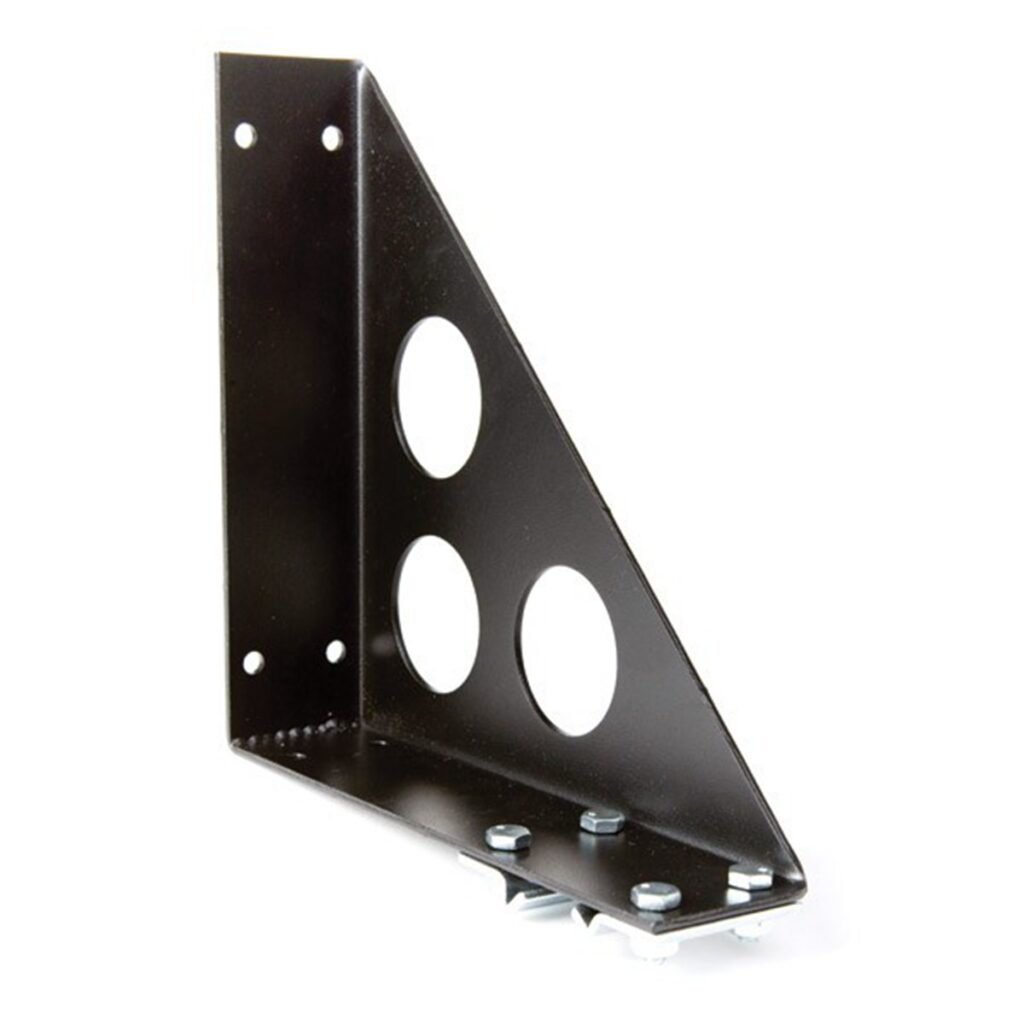
Carbon Steels and Mild Steels This is where laser cutting truly excels. From thin sheet metal to plates often up to 25-30mm thick, lasers deliver clean, precise, and fast cuts with excellent edge quality. The process is highly efficient and economical for these materials. Stainless Steels All grades (e.g., 304, 316) are perfectly suited. Laser […]
Die Casting Die Materials: A Comprehensive Overview
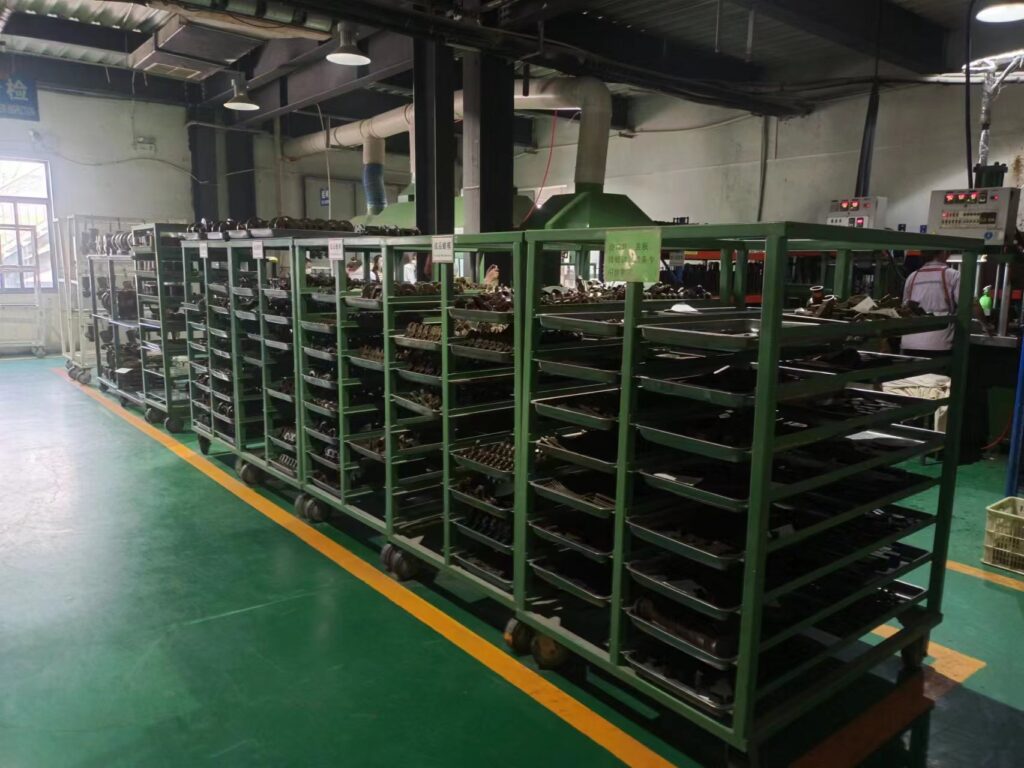
Die casting dies, also known as molds or tools, are subjected to extreme conditions including rapid cyclic heating (from molten metal injection), high pressure, thermal shock, abrasion (from the melt flow and solid particles), and chemical attack (molten metal adhesion/soldering). Therefore, the selection of die materials is critical for die life, casting quality, and economic […]
Applications of Forged Steel Parts
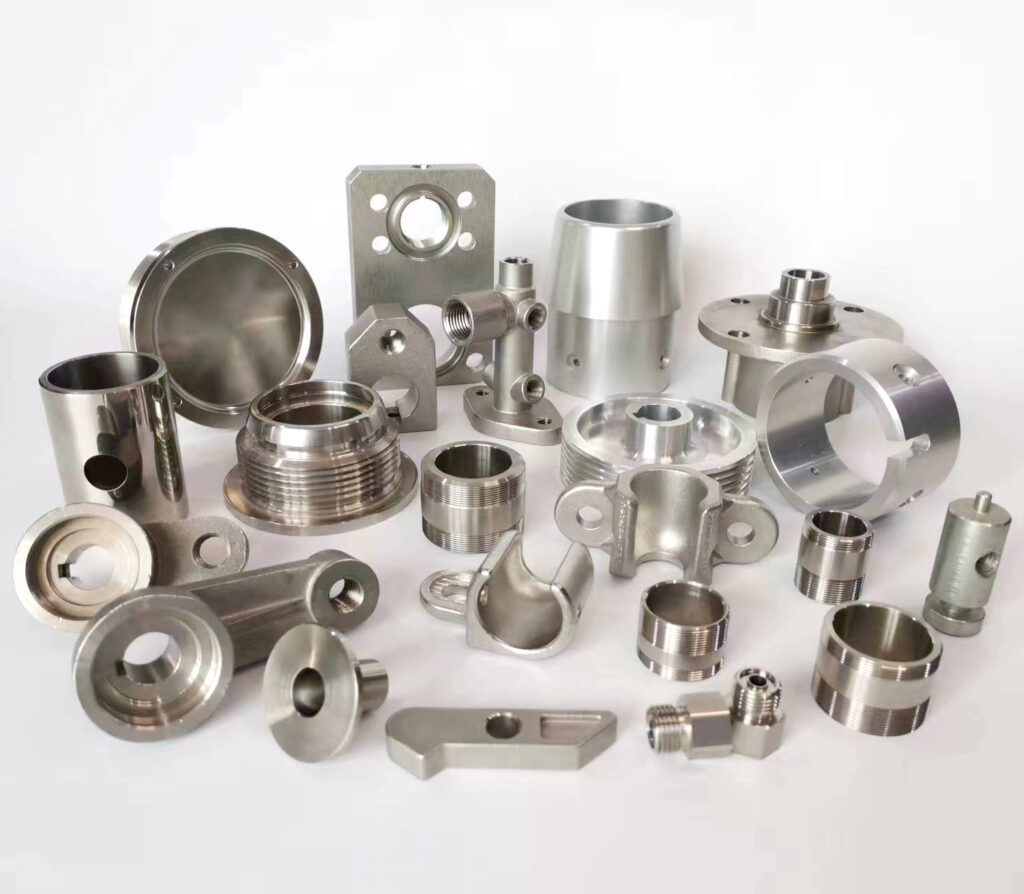
Forged steel is used almost everywhere. You will see metal forging wherever strength, reliability, and performance are important. Due to sturdiness and impact resistance, forging has become the first choice of many industries. Automotive Industry: Forging is widely used in the automotive industry to make crankshafts, gears, connecting rods, axles, and steering components. You […]
How Wax Properties Directly Impact Product Quality
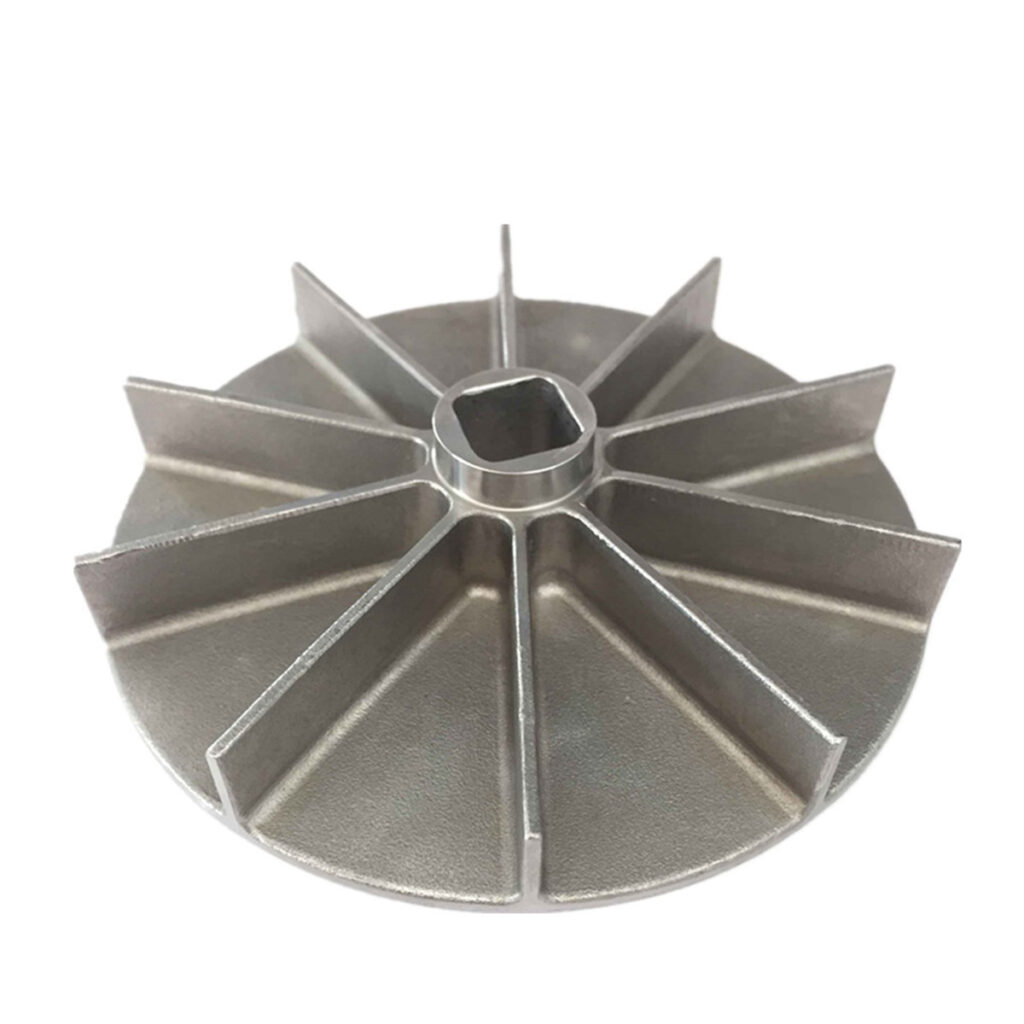
The choice and quality of wax are fundamental to the entire process, influencing the final metal component in these key ways: **1. Dimensional Accuracy and Stability Shrinkage: All waxes shrink as they solidify and cool. Inconsistent or high shrinkage leads to pattern distortion and deviations from the intended dimensions. Filled waxes are specifically formulated to minimize this. Thermal Expansion: Wax […]
Key Properties of Forged Steel
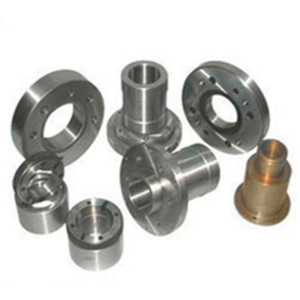
High Strength and Toughness: It improves the metal’s ability to handle impact and stress without wearing out. Better Fatigue Resistance: Forged parts can withstand repeated use. It makes them ideal for parts like crankshafts and connecting rods. Uniform Grain Flow: Structural integrity and longevity increase due to grain alignment. Good Ductility and […]
Types of Wax in Investment Casting

The waxes used are rarely pure substances; they are precisely formulated blends designed to meet specific requirements. They can be broadly categorized as follows: Pattern Wax (The Primary Model Material) This is the wax used to create the initial replica (pattern) of the final metal part. It is the most critical category and has several […]
Types of Forging Steel Methods
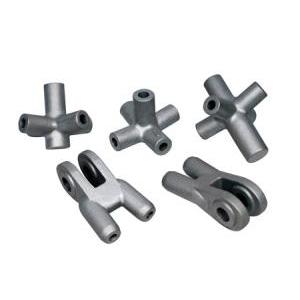
Based on how the force is applied and how the metal flows, forging methods can be of different types. Each method has its own pros, cons, and purpose. The choice depends upon the size, complexity, and precision needed for the part. Let’s have a look at some of the most common types: Open-Die Forging […]

